As part of the rector search process St. Mary’s must produce two critical documents: the well-known Parish Profile and the lesser known Parish Portfolio. The latter is essential a vocational document whereby in answering eleven topical questions a parish describes itself in terms of worship, ministry and mission, administration, demographics, etc., it is not unlike the Parish Profile in many respects. However, priests use their clerical-vocational version of the Portfolio, with basically the same set of questions, to characterize and construct a portrait of themselves liturgically, their preaching and teaching style, approach to leadership, even a vision for shaping the ministry and mission of a parish. Their Portfolio version in turn, then, is used by the National Church, in collaboration with a Diocese, to compare and contrast whether a particular priest’s vocational resume meshes well with a parish in search of a new rector. As part of our description of our worship style (Question #2) we said the following: “The liturgical style at St. Mary’s is Anglo-Catholic. This characterization applies not only to the ceremonial nature of the celebration of both the Liturgy of the Word and the Liturgy of the Eucharist at our services, but as well to the theology that undergirds them.” What is meant by this observation about us as a parish, and what would it suggest to a Diocese screening information about applicant priests to St. Mary’s for consideration in turn by the Rector Search Committee?
It goes without saying that countless doctoral theses, articles, and books have been written about Anglo-Catholic liturgical theology and spirituality, so the brevity of this account cannot do justice to its importance; nevertheless, the effort is important and timely, given our rector search. First, the catholicity (universality) of our faith was once described by St. Vincent, a 5th century monk, as follows: “…what has been believed everywhere, always, and by all.” Keeping this in mind, it is correct to see that Anglo-Catholicism is grounded apostolically, patristically, and orthodox. That it relies extensively on tradition and Holy Scripture; as well as being incarnational, sacramental, and sacrificial in the observance of the Liturgy of the Eucharist. It is also significant to note the following from an article on a critical spiritual aspect of the Eucharist: “Anglican eucharistic theologies universally affirm the real presence of Christ in the Eucharist, though Evangelical Anglicans believe that this is a pneumatic presence (of the Spirit), while those of an Anglo-Catholic churchmanship believe this is a corporeal presence.” The Anglican/Episcopal approach however does not proscribe any specific corporal presence of which there are several, but instead refers to it as a Holy Mystery.
Granted the Vincentian Canon written above was expressed in the 5th century, but consider for a moment what occurred in the centuries that preceded it: the Apostolic era: the Canon of Scripture; the Creeds; the formation of the Mystical Body of Christ, the Church with bishops, priest, deacons; the liturgy of the Early Church and the writings of the Church Fathers. And while 1,500 years have ensued, we, the parishioners of St. Mary’s, still essentially adhere to these foundational truths and traditions of our faith. Should St. Vincent visit us on Sunday morning for worship, he would feel quite at home. In our search for a new rector, by expressing ourselves in terms of our “worship style” (notwithstanding the superficiality of that expression) in the manner cited above, we have conveyed to prospective rector applicants and the Diocese both our Anglican spiritual heritage and our catholicity. Thus, is the richness and depth of our Anglo-Catholic liturgy and spirituality at St. Mary’s.

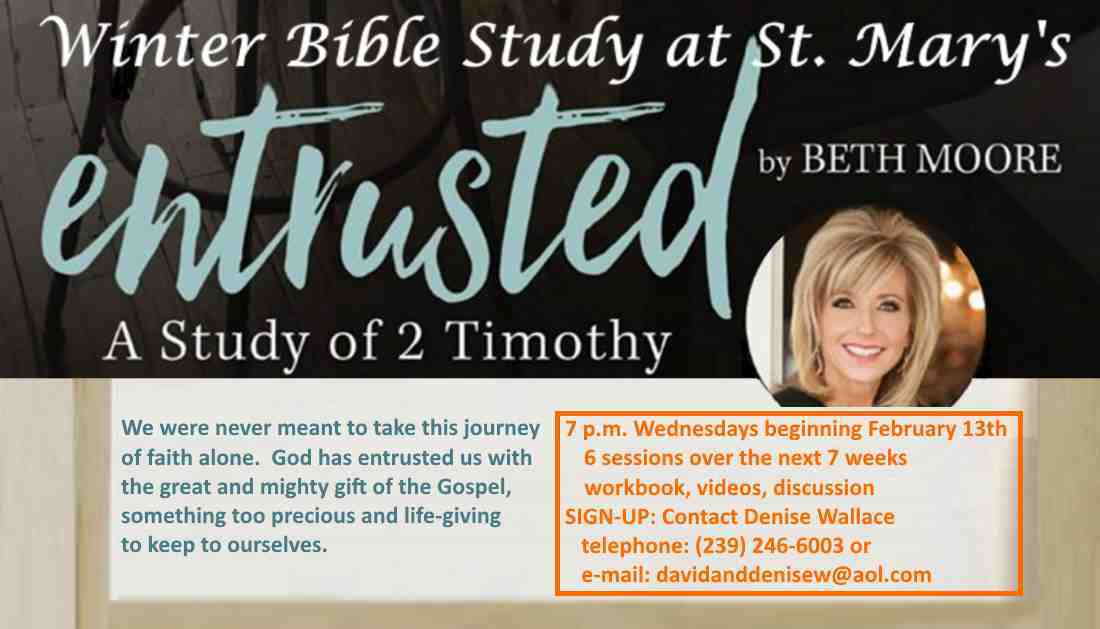
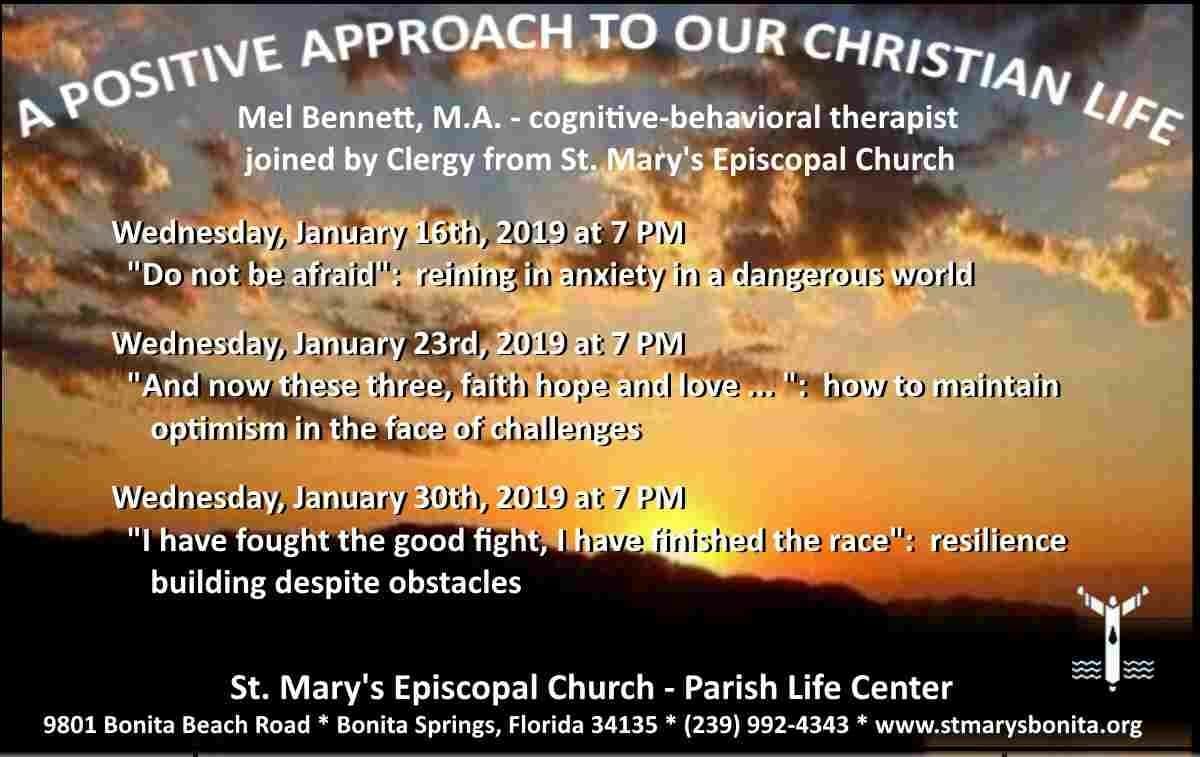
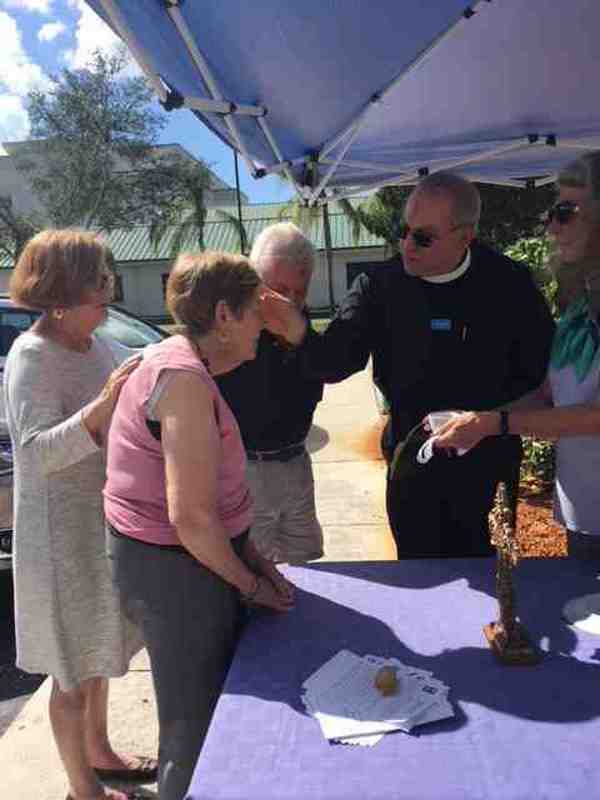
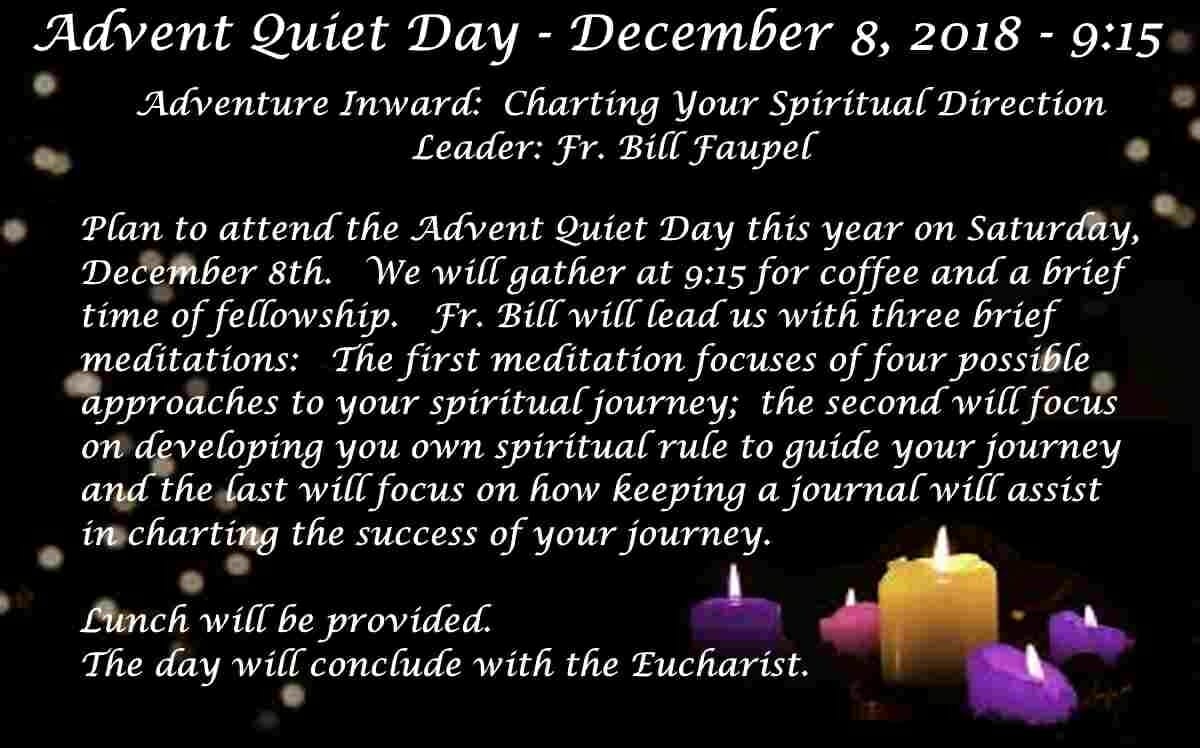
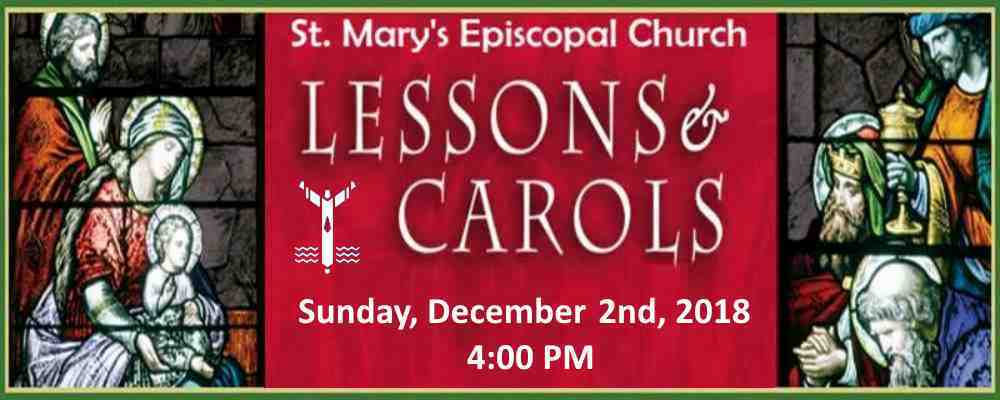
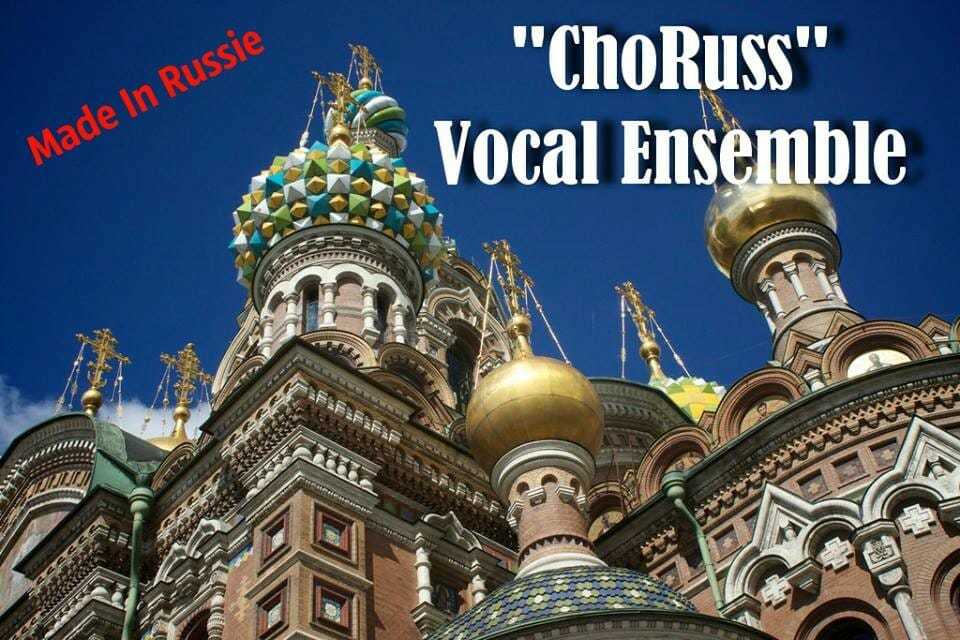
Amen!